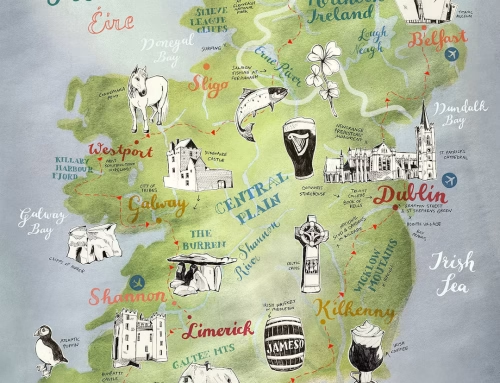Georgian Dublin
by Trevor Horner
The main Horner School building was built in 1829 /1830 by master craftsman & architect, Benjamin Norwood and is protected by the Irish state. The moment you walk through the large Georgian doorway you are struck by the historical importance of these fine classical buildings. High ceilings, intricate plasterwork, ornate fireplaces and staircases epitomise Georgian architecture in Dublin.
Fitzwilliam Street is named after Thomas Fitzwilliam born in 1581 and made the Viscount Fitzwilliam by the King of England, Charles l in 1629. This title gave Thomas substantial lands / property in Dublin which passed to subsequent viscounts. Eventually the substantial Fitzwilliam estates passed to the 11th Earl of Pembroke, George Herbert in the early 19th century through his grandmother, Mary Fitzwilliam, the daughter of the 05th Viscount Fitzwilliam (1677 – 1743).
The most recent creation of the title “Earl of Pembroke” is particularly interesting due to the connection with Henry VIII. William Herbert (1501 – 1570) became the 01st Earl of Pembroke (10th creation) in 1551. Herbert was a guardian of the young King Edward VI after the death of Henry VIII in 1547. King Edward VI was the only son of Henry VIII and Jane Seymour (third wife of Henry VIII).
The title “Earl of Pembroke” is still in existence today. The current Earl, the 18th Earl of Pembroke married Ms. Victoria Bullough on the 29th May 2010. A son and heir Reginald Henry Michael, styled Lord Herbert was born on 21st October 2012.
If you are interested to see a fully restored Georgian Building then you should visit Number 29, Georgian House Museum ( 2 minutes walk from the Horner School of English). Visitors take a guided tour from the basement to the attic, through rooms which have been furnished with original artefacts as they would have been in the years 1790 to 1820. Number Twenty Nine Lower Fitzzwilliam Street, was first occupied in 1794, during a time of great change and expansion in Ireland’s Capital. The first occupant was Mrs. Olivia Beatty, the widow of a prominent Dublin wine merchant. Visiting the exhibition gives young and old alike a chance to experience what life was like for the fortunate who lived in such elegant townhouses and the less fortunate who worked in them






